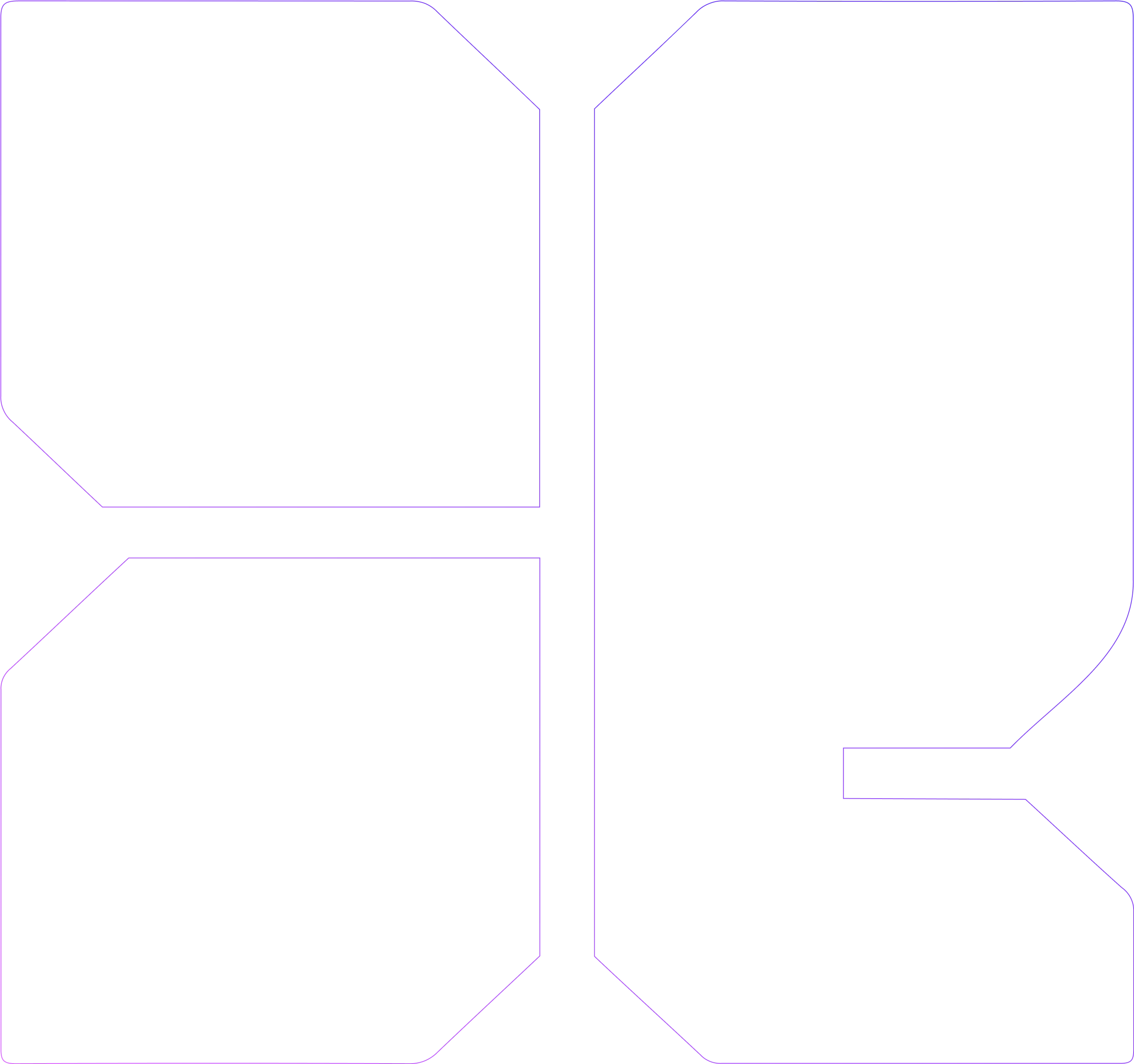

Connected Devices and Internet of Medical Things (IoMT)
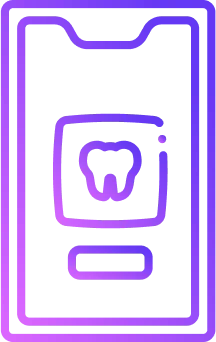
To begin with, what is the internet of things (IoT)?
IoT can be described as the interconnection via the internet of devices that is embedded in everyday objects, allowing them to receive and send data. Pretty much anything that uses the internet to increase its ability to fulfil tasks is probably a part of IoT.
What is IoMT?
The internet of medical things is the network of internet-connected medical devices and applications used to connect healthcare information technology.
It connects patients, doctors, medical devices (hospital equipment, wearable technology, diagnostic gear), by transmitting data over a secure network. IoMT uses sensors, automation and machine-based intelligence to reduce human intervention on certain routine healthcare procedures and monitoring operations.
IoMT Devices:
Telehealth/remote monitoring
Disease management solutions and telehealth systems for those who live in remote areas can be provided with remote patient monitoring, which allows health data such as blood pressure, oxygen and blood sugar and other biometrics to be monitored without a visit to the doctor.
Medical alert systems
Wearable technologies and monitors can alert emergency services when something is wrong with a patient. Personal emergency response systems and next-generation emergency response technologies can then utilise video streaming and location detection to gather all information to get care to the patient as soon as possible.
Robotic surgical instruments
Streaming-enabled robots give doctors the ability to perform minimally invasive operations which save time and reduce recovery time for patients.
Kiosks and point-of-care devices
Mobile devices such as ultrasound machines that gather health data and diagnosis.
Medication adherence solutions
Smart pills can transmit data that indicates whether a pill was taken correctly.
Data automation
IoMT devices can collect reports and analyse large amounts of data instantaneously, helping speed up decision-making.
Wearable technologies
Consumer-grade wearables such as smartwatches and fitness trackers allow users to read their blood oxygen levels, track their sleep, and take an ECG. Alerts are also able to go off when the user’s heart rate is too low or too high. Additionally, medical-grade wearables that can be regulated by a professional can be used for things such as pain management.
Benefits of IoMT:
Early intervention
Connected medical devices and sensors allow for remote patient monitoring, therefore, indicators of a decline in health can be detected early. This allows doctors to manage treatment before the patient needs hospitalisation.
Better treatments
Smart pills that contain nanosensors can be used to measure various things. When swallowed, the smart pills can measure internal vitals such as drug efficiency and core temperature.
These can be used to monitor cancer patient’s therapy and allow clinicians to be notified when a patient’s dose was missed or not taken properly. This allows the practitioners to put the treatment plan back on course.
More accurate diagnoses
Devices can continuously track vital health statistics which is not possible in a single visit to the doctor. This can be a significant tool for health practitioners. Monitoring heart rate, blood pressure and blood sugar readings over several weeks allow doctors to use data analytics to diagnose and treat conditions easier.
Better availability of care
IoMT enables patients who cannot travel or are in remote locations to easily receive healthcare. Wearable technology, AI and machine learning, video appointments allow for clinicians to provide quality care outside the hospital environment. This care is also provided on-demand at times convenient for the patient.
Reducing the burden on healthcare systems
Remote patient management can reduce clinical visits and hospitalisation, therefore IoMT can free up resources and space, and allow for more critical patients to be seen. This is especially important during busy times and also significantly cuts costs for healthcare institutions.
Conclusion
IoMT has the potential to significantly improve the healthcare industry. As we merge old systems with new-age systems, MedTech companies will need to develop new strategies to take advantage of the data provided by digitally enabled products. This will allow their business to remain relevant and competitive.
Contact us to find out how we can help you innovate your HealthTech business.
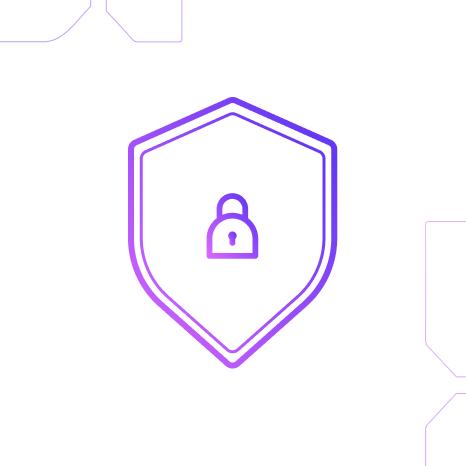
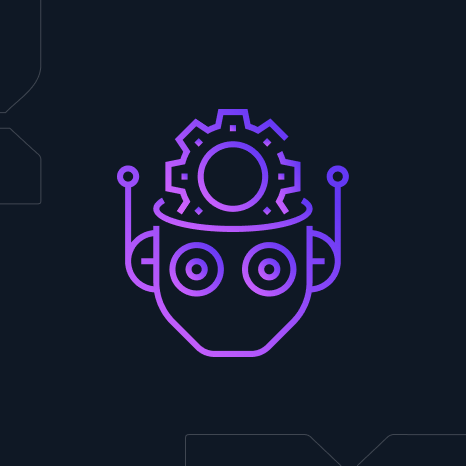
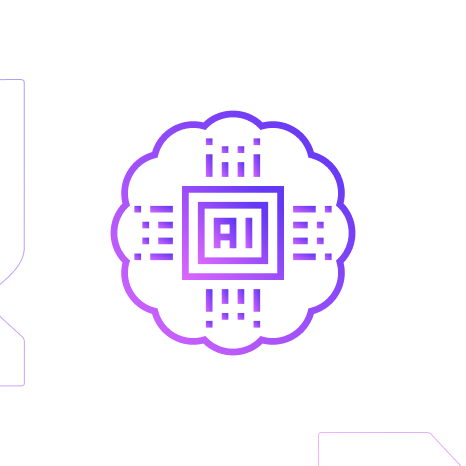
Leave a comment!